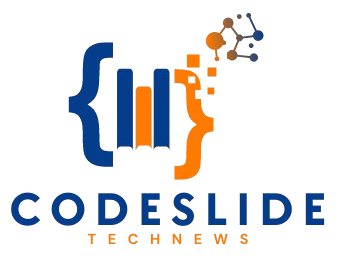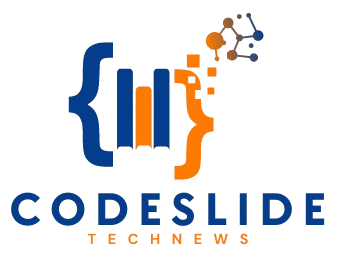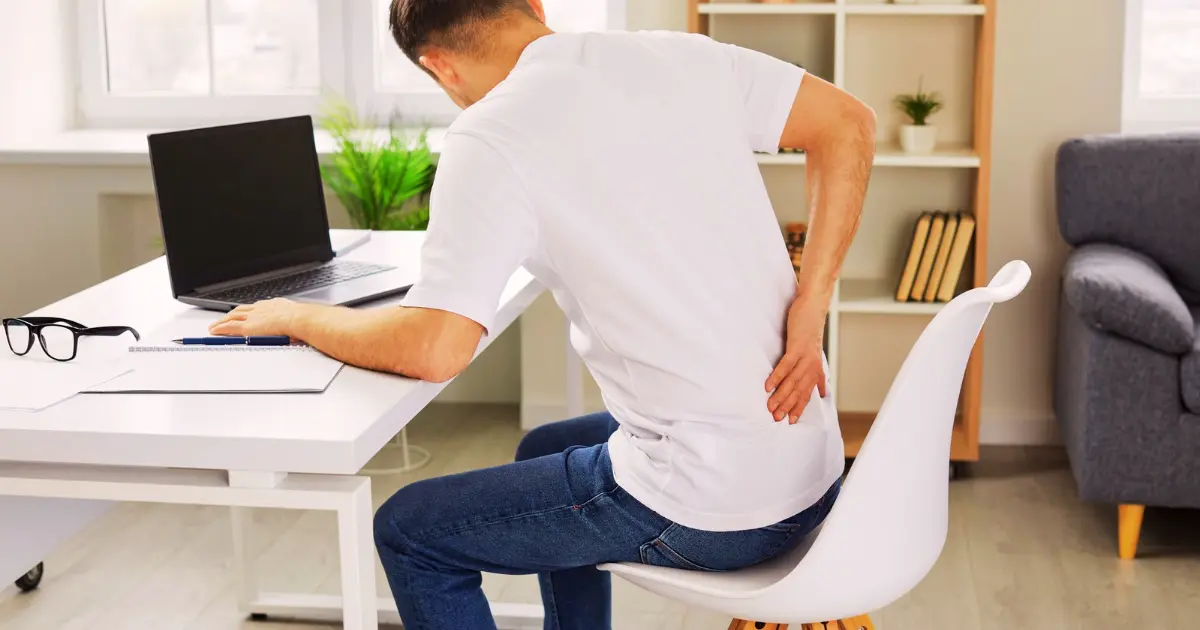An appropriate running platform will ensure your body moves more fluidly, enabling you to run faster with reduced effort. When posture becomes uneven during running, effort increases exponentially – raising the chances of injuries such as shin splints or runners’ knees. This guide will examine how you can improve the running posts you use and provide valuable tips and advice for runners of every level.
Why Your Running Post Matters
The running posts you use are crucial in maintaining your performance and stopping injuries. An appropriate running platform will ensure your body moves more fluidly, enabling you to run faster with reduced effort. When posture becomes uneven during running, effort increases exponentially – raising the chances of injuries such as shin splints or runners’ knees.
An appropriate post can reduce strain on joints and muscles and joints, resulting in fewer pains and better running performance. If you pay attention to the running technique you use and form, you will be able to boost your performance overall and remain healthy.
Knowing what makes a great running post can help you make the necessary changes to boost your running technique. We’ll begin by explaining what running posts are and why they are essential.
What is a Running Post?
Running posts are the method you use to hold while moving your body when running. It consists of several elements, including foot positioning in alignment with hips and legs, stability of the core, arm movements, and the position of your head. Each one plays an essential role in your overall running technique.
The effect of running posts on your performance is substantial. Incorrect form could lead to unproductive movement, wasted energy, and an increased likelihood of injuries. In contrast, an appropriate running post can improve fitness levels, making it more efficient and efficient motion.
Knowing the anatomy of the ideal running spot is a great way to help you pinpoint areas for enhancement. The following article will break down the main components of the body and discuss what each does to improve overall posture.
The Anatomy of a Perfect Running Post
Feet and Legs
Your legs and feet are the pillars of your run post. A good foot position requires landing at the mid-point of your feet, which decreases stress on joints and enhances your run’s speed. A slight bend in your knees will help you take the strain of shock. Your legs must move in a straight line to help conserve energy.
Hips and Core
Your core and hips serve as the engine of your running platform. Your hips should be straight and steady to prevent excess movements, which could lead to injuries and inefficiency. Strong core muscles help maintain balance and proper body alignment.
Torso and Arms
Your body should be upright and relaxed. Add the slightest forward lean to activate the core muscles. Arm movement is the process of swinging the arms forward and back at a steady pace and keeping them in close proximity to your body. This helps maintain stability and creates a rhythm.
Head and Neck
The position of your neck and head is essential to maintaining equilibrium and breathing efficiency. Keep your head upright and your eye forward, avoiding lowering or tilting your head. This allows you to keep a clear airway and improves overall posture.
Once you’ve mastered what makes a good running line, let’s examine some common mistakes and learn how to prevent them.
Common Mistakes in Running Post
Overstriding
Overstriding happens when your foot falls too far in the direction of the body. This could result in increased stress on joints as well as poor movement—concentration on bringing your feet closer to your body in order to increase effectiveness.
Heel Striking
The act of striking your heel means landing on your heel. Excessive force could slow your speed. Make sure to hit the heel in a middle position for less impact and to increase acceleration.
Recognizing these common errors can help in making the proper adjustments to raise the running position. We’ll look into the science of running and the role that biomechanics play in running performance.
The Science Behind Running Post
Biomechanics and Running Form
Biomechanics studies how the body can move. Knowing the mechanics behind running allows you to identify ways to improve your running technique. Correct alignment and proper movement patterns decrease stress on joints and muscles, which can lead to better running.
Gravity and Momentum
The forces of gravity and momentum play essential parts in the running. A slight lean forward will engage your core muscles and utilize gravity to push you ahead. Effective use of momentum lets you continue your speed with less effort.
Efficiency and Performance
The term “efficiency” in running refers to the less energy required to complete the required speed and distance. Running with a proper post improves performance, allowing runners to run more quickly and for longer without fatigue.
Once you’ve mastered the science of running, let’s examine your current position on the track and identify areas for improvement.

Assessing Your Current Running Post
Simple Tests and Assessments
Examining the running position requires observing your body and identifying any snags. Take a video of yourself running, and then analyze the alignment of your legs, arm movement as well as head posture. Examine your running form in relation to the ideal running posture previously discussed.
Identifying Areas for Improvement
Find common errors like overstriding, strike to the heel, or improper arm movements. Determine which parts of your form require improvement and develop a strategy to raise the form of your body.
Seeking career-oriented Help
You may want to consult a running trainer or a physical therapist for a well-qualified evaluation. They will provide specific feedback and suggest exercises to improve your running technique.
How to Improve Foot Placement
A proper foot position is essential in minimizing impact and improving the speed of your propulsion. Make sure to have a mid-foot strike in which your foot is placed directly underneath the body. This lowers the likelihood of injury and increases performance.
Techniques for Better Foot Alignment
emphasize getting your feet pointed toward the front and avoiding excessive upward or downward rotation. This ensures proper position and eases the strain on joints.
Exercises for Foot Strength
Use exercises such as toe lifts and calf stretch exercises to build your feet. This will also increase your balance. A more muscular foot is a contributing factor to improved posture and running technique.
We’ll then look at ways to raise leg and hip alignment for maximum running efficiency.
Enhancing Leg and Hip Alignment
Exercises for Optimal Alignment
Do exercises such as lunges or leg swings to raise hip and leg alignment. These workouts benefit from maintaining a healthy posture and decreasing the chance of injury.
Stretches for Flexibility
Include stretching exercises that focus on the hip flexors, hamstrings as well as quadriceps. Flexible muscles help maintain proper alignment and increase running performance.
Impact on Running Efficiency
Correct hip and leg alignment minimizes unnecessary movements and helps conserve energy. Its outcome is faster and more efficient running, which allows you to attain the goals you set for yourself.
Core Strength and Running Post
The strength of your core is vital to maintaining proper form when running. Core muscles help strengthen and stabilize your torso, which will help you retain your alignment and decrease your risk of injuries.
Effective Core Exercises
Build your core with exercises such as planks, Russian twists, and leg lifts. Strong core muscles increase your body’s stability and aid in alignment.
Benefits of Core Stability
Core stability helps improve stability and coordination, leading to faster and more efficient running. Correct alignment and movements also lower the likelihood of injuries.
Arm Movement and Its Role in Running Post
Arm movement is essential to stability and rhythm when running. Move your arms between your arms at a steady pace and keep them near your body.
Impact on Balance and Momentum
Effective arm movements improve stability and acceleration, which helps you race effortlessly and effectively. They also reduce unnecessary movement and conserve energy.
Head and Neck Positioning
Proper head and neck position can be crucial to ensuring equilibrium and breathing efficiency. Keep your head straight and your eyes forward to avoid sagging or tilting your head.
Importance of Keeping Your Head Up
Maintaining your head high supports your overall body alignment and helps to keep your airways open. It improves your breathing capacity and helps reduce fatigue.
Impact on Breathing and Form
Correct head and neck posture raises breathing performance, allowing you to increase your speed and endurance. It also helps maintain posture and decreases the chance of injuries.
Breathing Techniques for Better Running Post
A healthy breathing routine improves your running technique and efficiency. Concentrate on slow, steady breathing to ensure oxygen flows and Help reduce fatigue.
Impact on Performance
The correct breathing technique can increase performance and endurance by ensuring that oxygen flows are maintained. This lets you be faster and longer without fatigue quickly.
The Role of Footwear in Running Post
The selection of the correct footwear is vital to keeping running in proper shape. Appropriate shoes impart comfort and support, reducing the chance of an accident.
Choosing the Right Shoes
Choose shoes that complement your preferred style and provide enough support. When selecting the right running shoes, consider factors such as comfort, arch support, and stability.
Impact on Posture and Form
A properly fitted shoe supports proper alignment and eases the strain on joints and muscles. This improves running efficiency and decreases the chance of injuries.
Safety Prevention Through Proper Running Post
Correct running posture lowers the likelihood of common injuries, such as runners’ knee and shin splints and plantar fasciitis. The proper alignment and running patterns can also benefit long-term health.
Tips to Avoid Injuries
Mindfulness is essential for enhancing your running technique and incorporating strengthening and flexibility exercises into your workout regimen. This helps reduce the chance of injury and improves your long-term well-being.
Importance of Consistency
Consistency is essential to maintaining the correct running technique and avoiding injuries. A regular practice schedule and a focus on the running position will lead to longer-term improvement.
Training Drills to Improve Running Post
Use specific drills and exercises to help you boost your running style. Exercises such as high knees and butt kicks and A-skips increase coordination and effectiveness.
Integrating drills into your agenda
Include running form exercises regularly in your training routine to boost your running posts. Continuous practice can lead to long-term improvement in performance and efficiency.
Benefits of Drills
Run-form exercises increase alignment, balance, and coordination, resulting in more efficient running and a lower chance of injury.
The Impact of Terrain on Running Post
Different surfaces affect your running form. The other surfaces you run on require adjustments in order to warrant proper performance and alignment.
Adjusting Your Post for Different Terrains
It would be best if you made any necessary adjustments to your running platform according to the surface, concentrating on maintaining the correct movements and alignment for every terrain.
Benefits of Terrain Variation
Moving on different surfaces improves strength, balance, and coordination. It also reduces the chance of injury from excessive use by changing the strain on joints and muscles.
Using Technology to Analyze and Improve Your Running Post
Technology can be a valuable tool for monitoring and improving runners’ running performance. Devices and apps help provide the latest data to benefit and enhance runners’ running performance.
Apps for Monitoring Running Form
Use apps like Runkeeper, Strava, and Nike Run Club to track your running performance. They provide essential data and feedback that can benefit you and improve your performance.
Benefits of Data-Driven Insights
The insights derived from data benefit by identifying areas for improvement and monitoring progress. This results in more efficient running and boosts overall performance.
Creating a Running Post Improvement Strategy
Setting goals and tracking the programs is essential to improving the performance of your running posts. Develop a customized plan that will satisfy your particular needs and keep track of your progress.
Setting Goals
Determine the areas that need improvement and establish achievable goals. Focus on one area of your running track at a time to make steady improvements.
Tracking Progress
Use apps and gadgets to track your progress and make any necessary modifications. Check your running performance regularly and be happy with your results.
Transforming Performance
Running athletes who improved their running posts saw substantial improvements in their efficiency. Their experiences highlight the benefits of maintaining a proper running style.
Inspiration and Motivation
Success stories from real life can inspire and motivate you to improve your running technique. Study their stories and apply their knowledge in your training.
Conclusion
Understanding your running costs can be crucial to increasing your running performance and preventing injuries. If you focus on alignment and motion patterns, you can complete your running goal and experience a more effective and pleasant running experience.
Keep your focus on your running goals, and never stop working towards perfection. The dedication you put into improving the running area can lead to years of more efficient running and better overall wellness.








www.clocksforlife.com
August 28, 2024This website offers a wide selection of interior clock designs for every room.
You can browse minimalist and traditional styles to match your apartment.
Each piece is chosen for its aesthetic value and durability.
Whether you’re decorating a creative workspace, there’s always a fitting clock waiting for you.
best personalized engrave desk clocks
The shop is regularly expanded with exclusive releases.
We ensure customer satisfaction, so your order is always in safe hands.
Start your journey to perfect timing with just a few clicks.
best buy clock radio with cd player
August 28, 2024This page showcases CD/radio/clock combos crafted by leading brands.
You can find modern disc players with AM/FM radio and dual wake options.
Many models come with auxiliary inputs, device charging, and battery backup.
The selection extends from value picks to elite choices.
clock radio with cd player
Each one offer nap modes, auto-off timers, and digital displays.
Buy now through Amazon links with free shipping.
Select your ideal music and alarm combination for kitchen convenience.